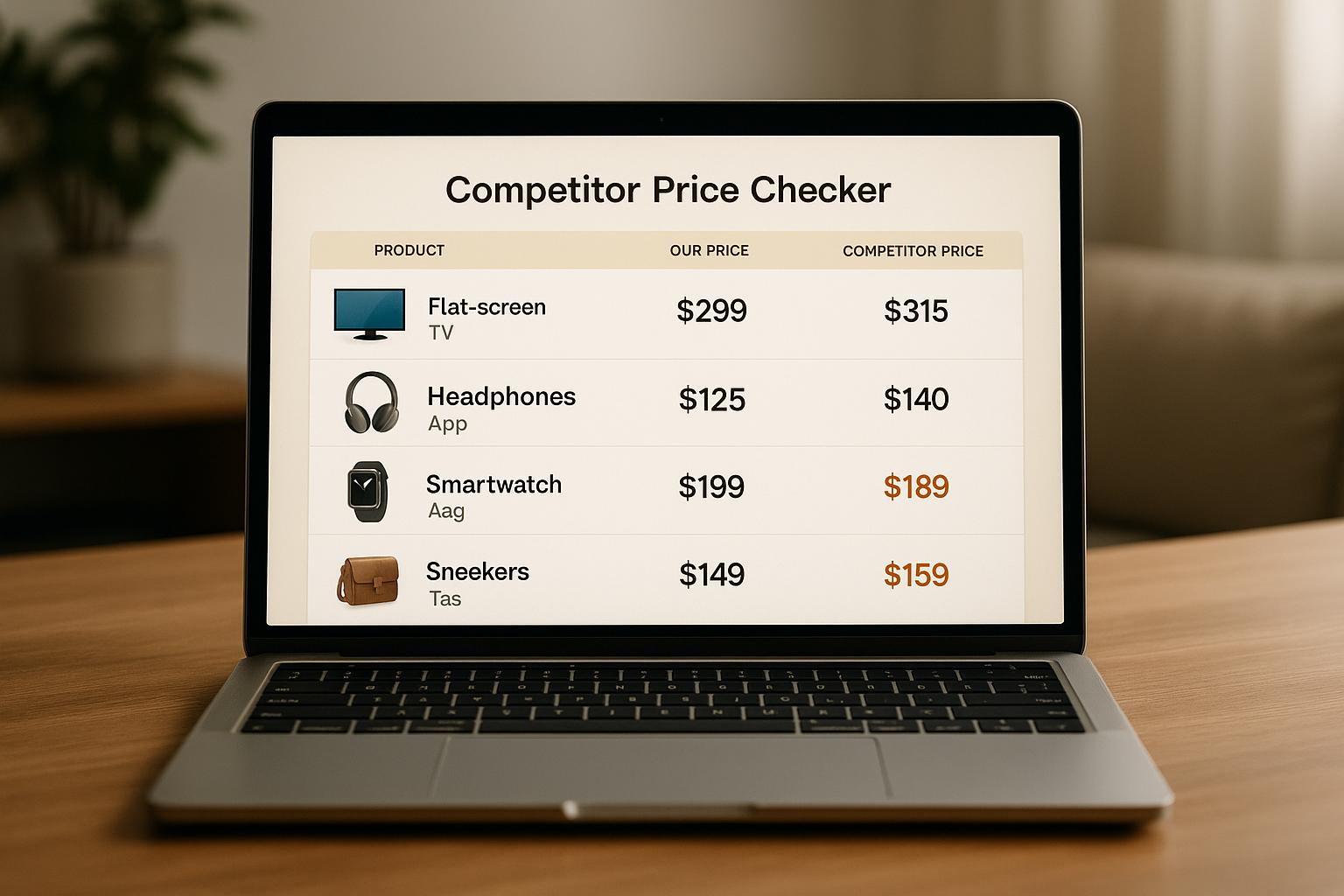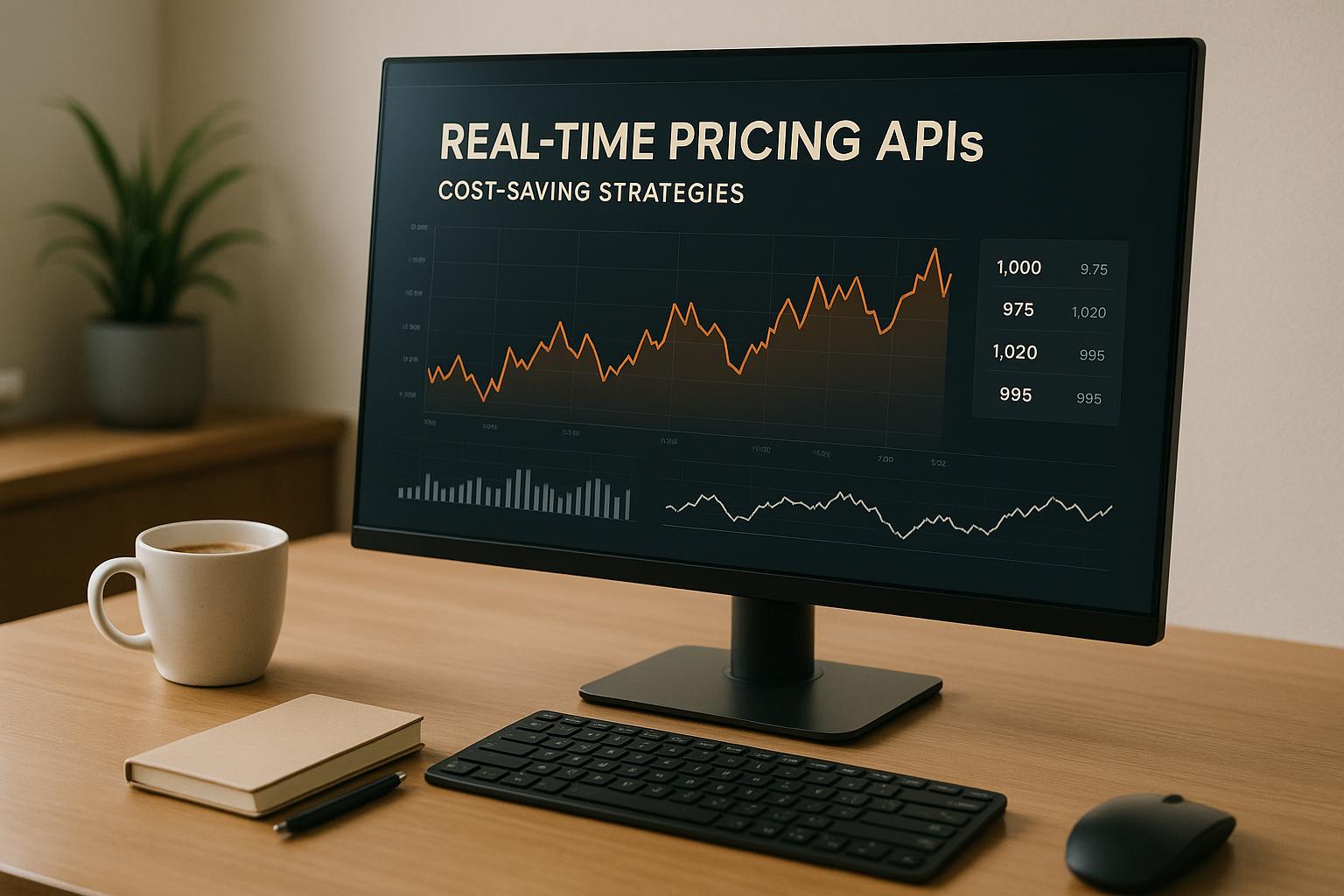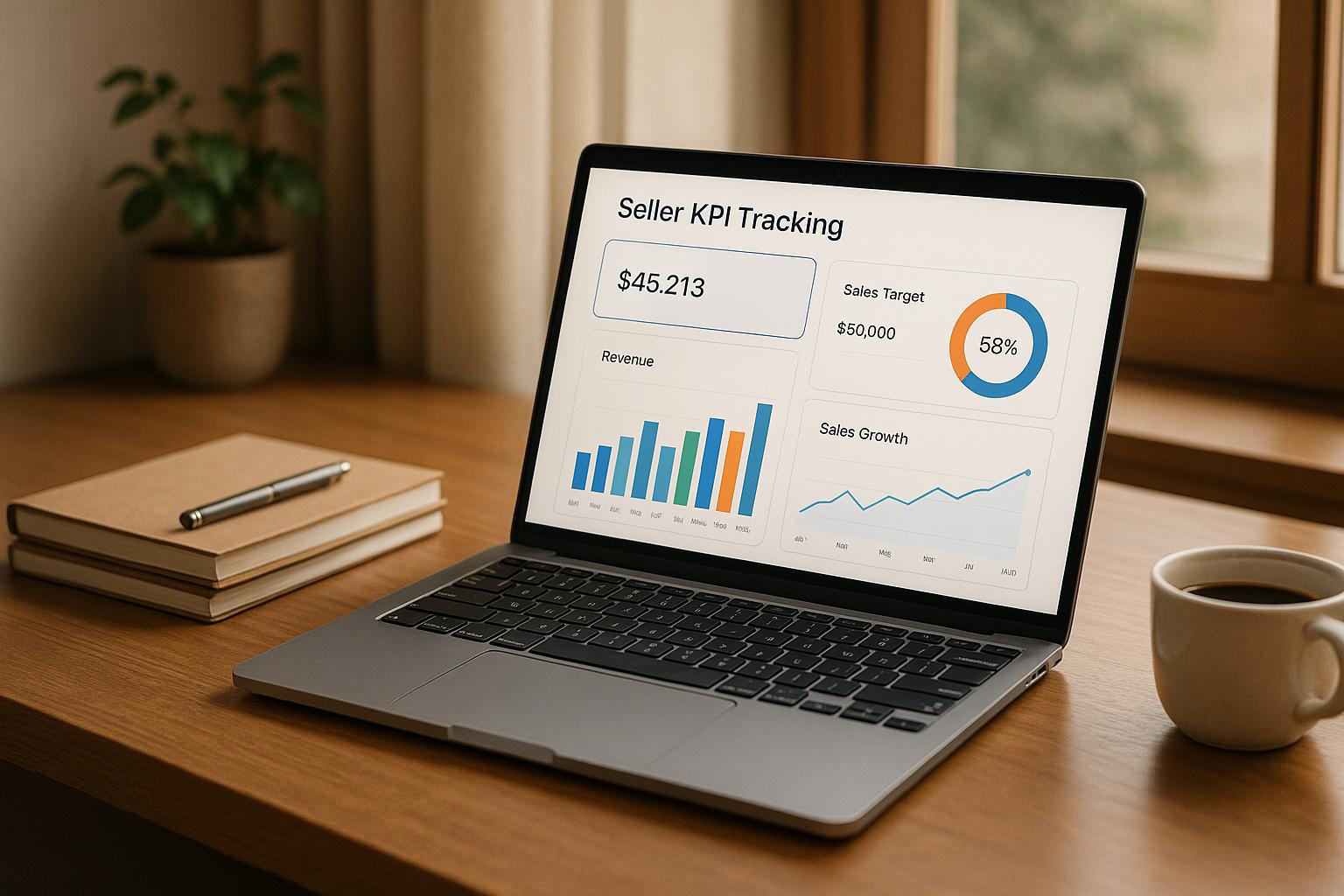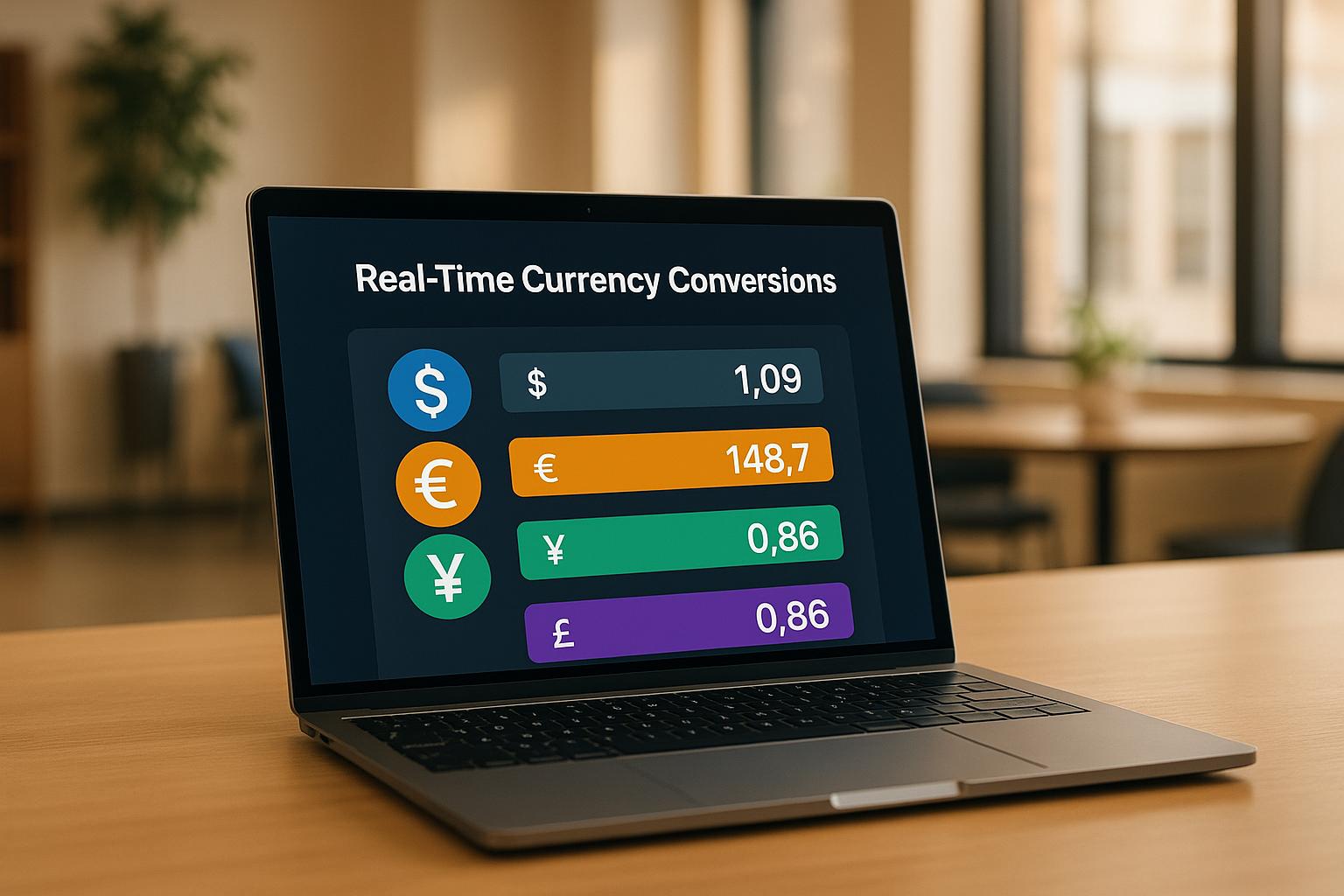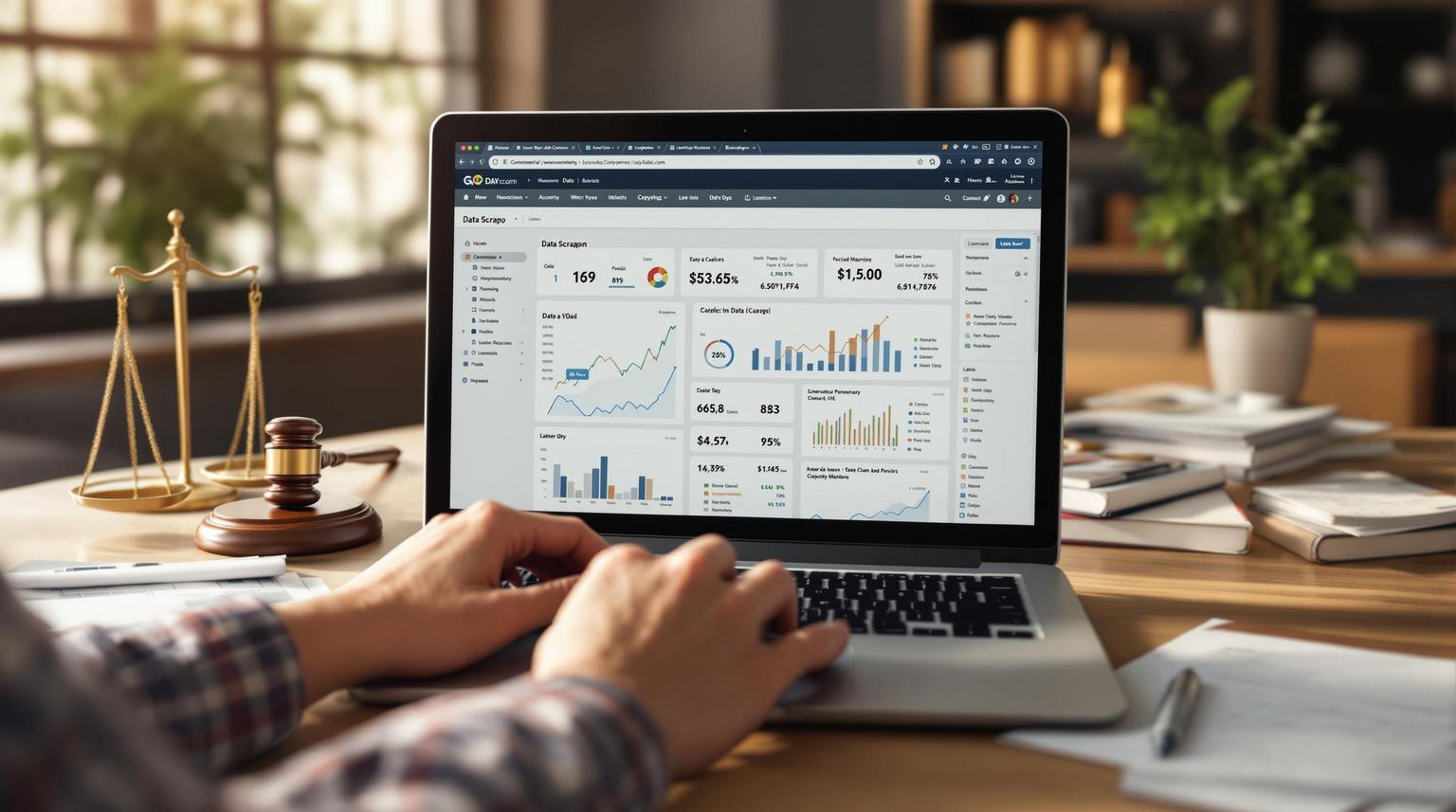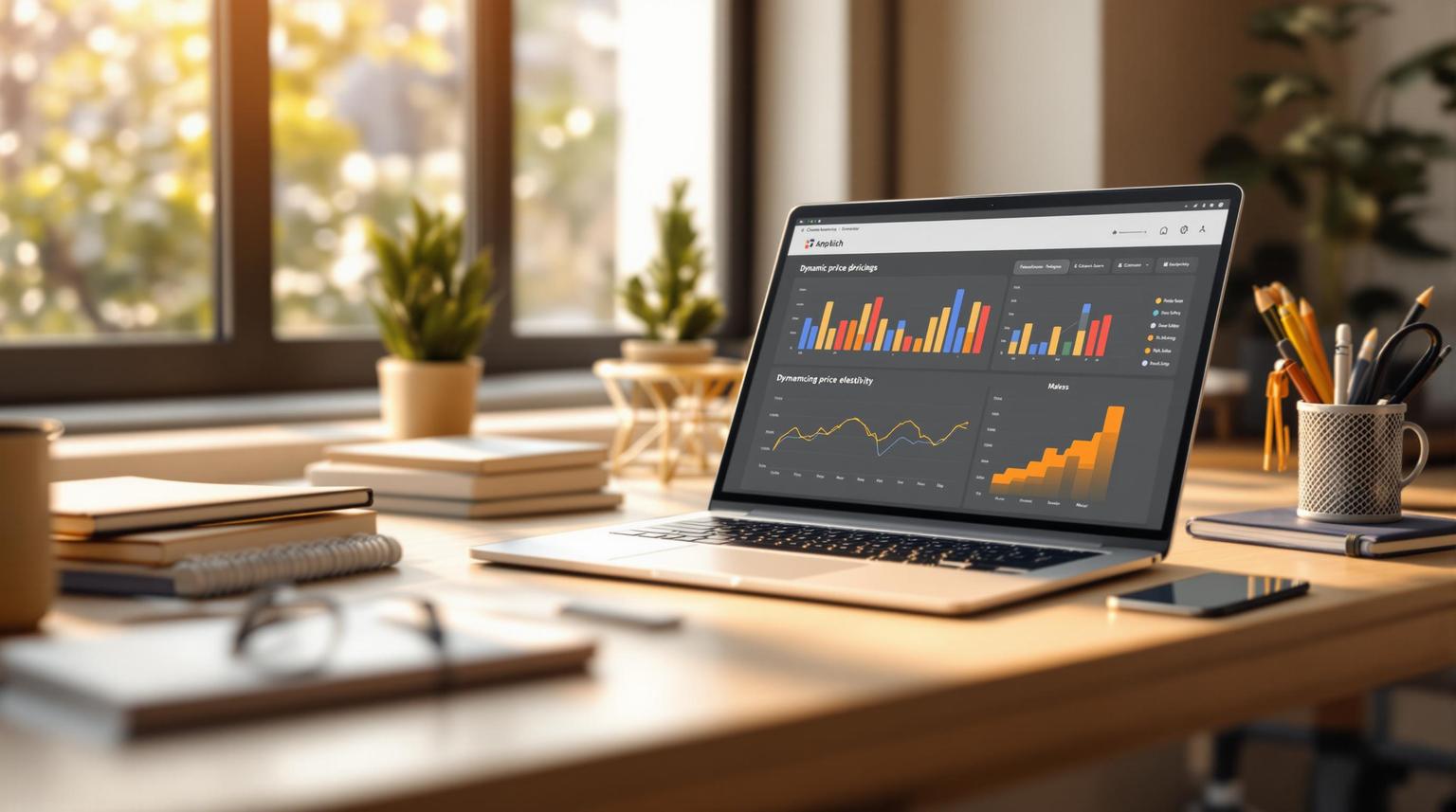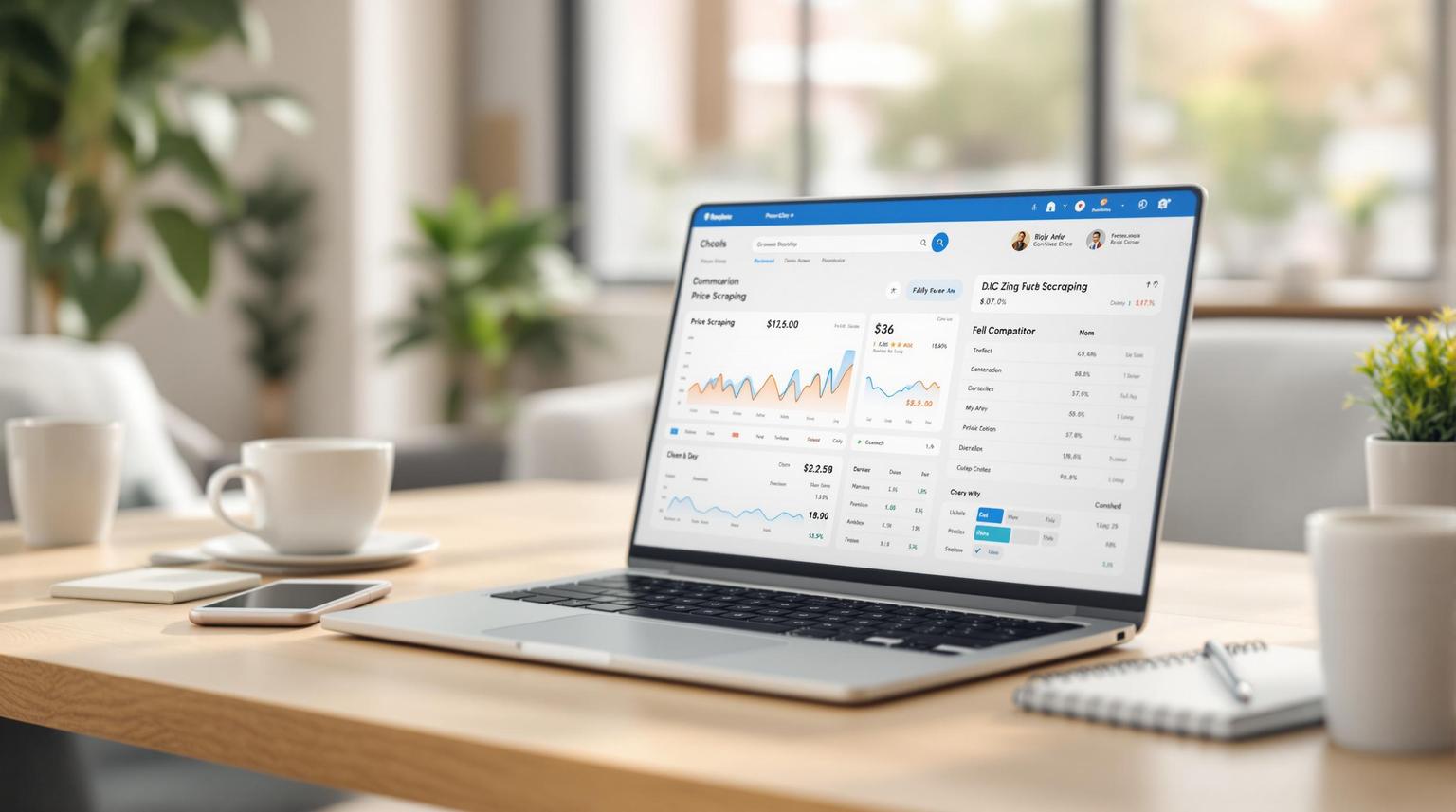The power of dynamic pricing in modern eCommerce

February 17, 2025
Dynamic pricing is transforming eCommerce by using AI, machine learning, and real-time data to adjust prices instantly. This approach helps businesses increase profits, stay competitive, and respond to market changes effectively.
Key Takeaways:
- What is Dynamic Pricing?: A strategy to change prices based on demand, competition, and market trends.
- How it Works: Utilizes AI, big data, and tools like ShoppingScraper to monitor competitors and predict optimal prices.
- Business Benefits: Retailers like Walmart and Airbnb reported profit boosts of 10-15% and 11%, respectively.
- Implementation Tools:
- Data Sources: Competitor pricing, inventory levels, customer behavior.
- Technologies: APIs, cloud systems, and proxies for global data access.
- Challenges & Solutions: Address customer trust concerns, ensure data synchronization, and test strategies for better results.
Dynamic pricing is essential for modern eCommerce, helping businesses adapt to fast-changing markets and maximize revenue.
Dynamic Pricing Systems
Modern dynamic pricing systems use market data and predefined rules to automatically adjust prices in real time. By processing over 15 data streams, these systems aim to strike a balance between staying competitive and achieving profit goals.
Price Adjustment Methods
Dynamic pricing systems rely on a mix of external and internal data to optimize pricing. For example, Best Buy's system in 2022 updated prices every 20 minutes, leading to a 7.2% increase in electronics margins.
Here are some commonly used pricing strategies:
- Rule-based pricing: Automatically adjusts prices based on set conditions.
- Machine learning algorithms: Identifies patterns to predict ideal pricing.
- Demand-based pricing: Changes prices based on current and expected demand.
- Competitor-based pricing: Reacts to market trends by adjusting prices accordingly.
Data Types for Price Setting
Dynamic pricing systems depend on multiple data sources to make informed decisions. Here's a breakdown of key data types and how they are used:
| Data Category | Purpose | Impact |
|---|---|---|
| Competitor Pricing | Tracks market trends | Enables quick price changes |
| Historical Sales | Analyzes buying patterns | Improves demand forecasts |
| Inventory Levels | Monitors stock availability | Supports supply-based pricing |
| Customer Behavior | Examines purchase tendencies | Allows targeted pricing |
eCommerce Platform Integration
To function effectively, dynamic pricing systems must integrate seamlessly with a company's existing infrastructure. APIs and middleware are often used to connect pricing engines with inventory management and sales platforms. For instance, Walmart processes 1 petabyte of data every hour to ensure pricing accuracy and consistency.
The success of this integration depends on maintaining real-time synchronization between pricing systems and sales platforms, all while ensuring the system can handle large-scale updates without performance issues.
Market Analysis Tools
Effective platform integration relies on advanced tools for analyzing the market and driving pricing decisions. In today's eCommerce landscape, having the ability to monitor prices in real time and gather competitive insights is a game-changer.
ShoppingScraper Price Tracking
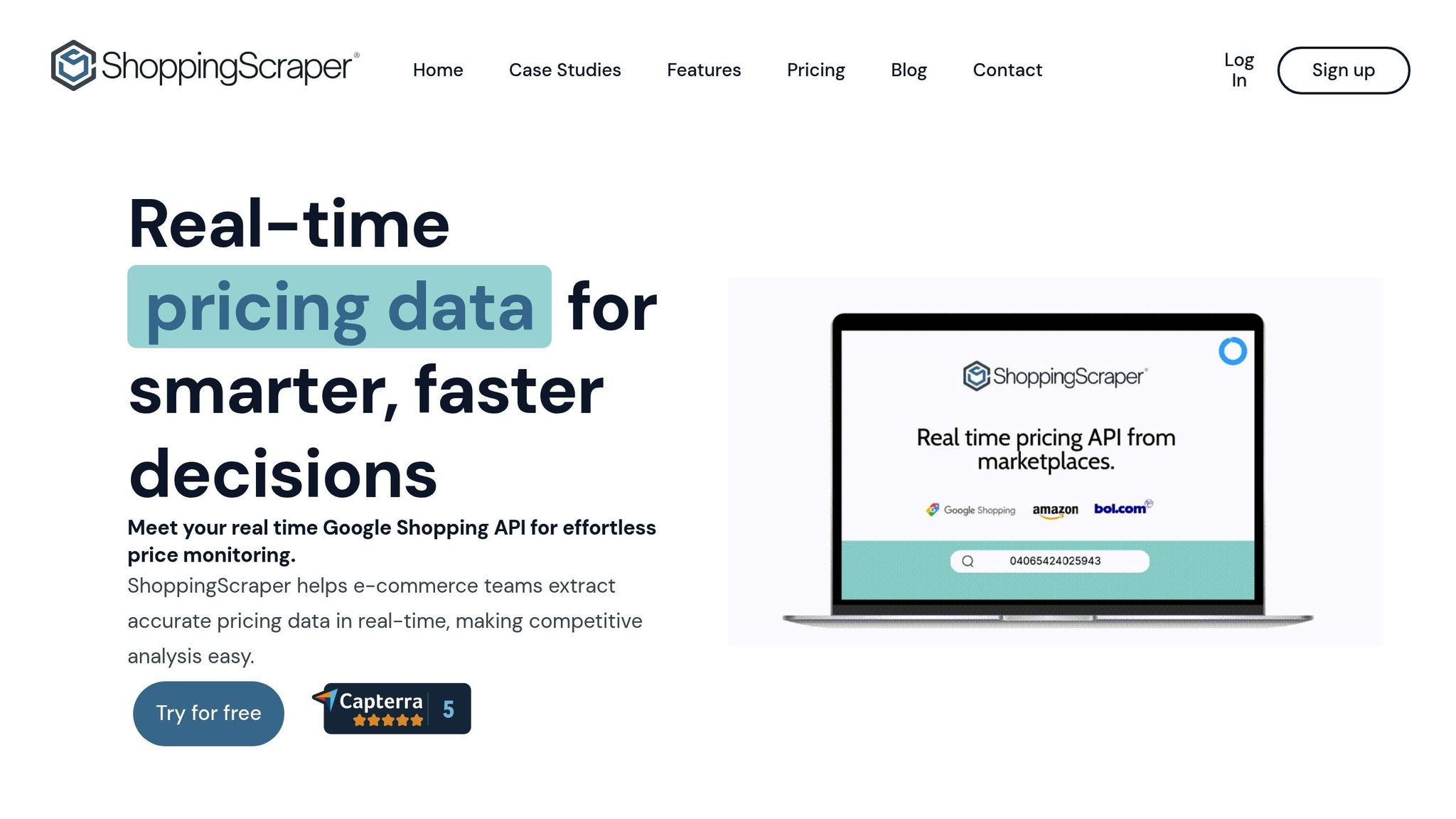
ShoppingScraper stands out with its API integrations and product-matching algorithms, making it easier to process data and compare prices across multiple retailers. These features provide the technical backbone for making real-time pricing adjustments.
Here’s what the platform brings to the table:
| Feature | Function | Impact |
|---|---|---|
| Real-time Monitoring | Tracks prices across platforms frequently | Allows quick responses to market shifts |
| Historical Analysis | Stores and reviews past pricing trends | Identifies seasonal patterns |
| Bulk Processing | Manages up to 500,000+ requests monthly | Ideal for large product inventories |
| Custom Alerts | Notifies users of price changes | Enables proactive pricing strategies |
Data Collection Methods
When it comes to gathering pricing data, APIs often outperform custom scrapers in several areas:
- Reliability: APIs are more stable and less likely to break when websites change.
- Compliance: They tend to follow the terms of service of target websites better.
- Ease of Use: Setting up and using APIs requires less technical knowledge.
For example, Overstock.com monitored prices for 5 million SKUs across 150 competitors, leading to a 10% boost in revenue.
Proxy Systems for Data Access
After choosing a data collection method, ensuring uninterrupted access becomes essential. Proxy systems are critical for accessing pricing data globally. Residential proxies, in particular, are highly effective for bypassing geo-restrictions.
Different proxy types serve specific needs:
| Proxy Type | Best Use Case | Performance Impact |
|---|---|---|
| Residential | Accessing geo-restricted content | High success rate but slower speeds |
| Datacenter | High-volume data collection | Fast but more likely to be blocked |
| Rotating | Continuous monitoring | Balances speed and reliability |
| Mobile | Mobile-specific pricing | Ideal for app-based marketplaces |
These proxy solutions ensure a steady flow of data, supporting the goal of responsive and informed pricing strategies.
sbb-itb-65e392b
Price Strategy Setup
Dynamic pricing requires a mix of technical tools and a deep understanding of market trends to be effective.
Price Algorithm Development
At the heart of dynamic pricing are algorithms designed to adjust prices based on market conditions. These formulas take into account factors like demand changes, competitor pricing, and inventory levels - all while ensuring profit goals are met.
| Algorithm Component | Purpose |
|---|---|
| Cost/Inventory Baseline | Covers production costs and stock availability |
| Demand Multiplier | Adjusts pricing based on current demand |
| Competitor Factor | Reflects positioning relative to competitors |
Once the basic algorithm is in place, businesses can refine it further to account for location-specific and time-sensitive variables.
Location and Time-Based Pricing
For geographic pricing, businesses need to consider regional differences such as local competition, purchasing power, and logistics, all while maintaining brand consistency. Time-based pricing, on the other hand, is vital during peak demand periods. Successful strategies rely on real-time demand signals and seasonal trends to adjust prices dynamically.
Common Problems and Solutions
Implementing dynamic pricing isn’t without its challenges, but these can be tackled with the right strategies:
-
Technical Integration Issues
Errors in pricing systems can be minimized with robust error-checking processes and regular audits. Centralized pricing platforms have proven to cut technical errors by up to 87%. -
Customer Trust Concerns
Customers can sometimes feel alienated by fluctuating prices. To counter this, businesses should communicate pricing policies clearly, offer price-matching guarantees, and reward loyal customers through exclusive benefits. -
Data Synchronization
Keeping prices consistent across all channels is critical. Businesses can achieve this by:- Using centralized pricing databases
- Running real-time validation checks
- Setting up automated alerts for discrepancies
A/B testing different pricing strategies is another way to fine-tune approaches and maximize both sales and revenue.
Case Studies in Dynamic Pricing
Examples from leading retailers show how pricing strategies can directly drive profit, especially during key shopping events:
Sale Period Price Management
For Cyber Monday 2022, retailers used tools like ShoppingScraper to adjust prices every 15-30 minutes. This approach led to a 22% boost in online sales compared to the previous year.
Amazon's Prime Day 2023 provided another great example:
| Time Period | Strategy | Result |
|---|---|---|
| Pre-sale (24h) | Exclusive early pricing for Prime members | Balanced traffic |
| Prime Day itself | Adjusted prices every 5-10 minutes, offered personalized deals | $12.7B in sales |
Stock Clearance Pricing
"By using an AI-powered pricing system that factors in inventory age and past sales data, we cut excess inventory by 15% while keeping an average profit margin of 24.1% in 2023".
Wayfair's 2022 'Way Day' relied on geo-distributed proxy networks to clear 76% of targeted inventory, achieving a 54% year-over-year sales increase.
Target took a different approach during the 2023 holiday season, keeping prices 5% below competitors. This strategy resulted in a 10% rise in conversion rates and a 15% increase in average order values.
Conclusion
Key Takeaways
Dynamic pricing has proven to deliver measurable outcomes when implemented with care and precision. By combining real-time data collection (as discussed in Market Analysis Tools) with algorithm-based price adjustments, businesses can effectively stay competitive. This approach has reshaped how online retailers operate, helping them expand their market presence and adapt to changing conditions.
Steps to Get Started
To successfully implement dynamic pricing, focus on these essential steps:
-
Evaluate and Plan
Start by analyzing your current pricing strategy using competitive data from your core products. -
Integrate the Right Tools
Choose pricing tools that work seamlessly with your eCommerce platform to simplify the process. -
Develop a Data-Driven Approach
Use competitor pricing, sales trends, inventory levels, and seasonal demand to create effective pricing rules. Rely on robust data collection methods, like the ones discussed earlier, to ensure accurate market insights.
Establish clear price limits to safeguard profitability while remaining competitive. Regularly track KPIs to refine and improve your pricing strategy over time.
Related Blog Posts












